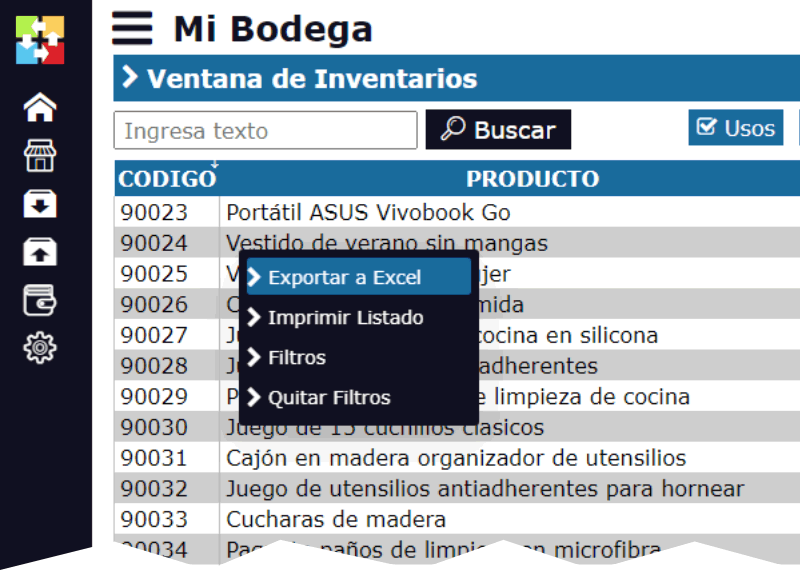Kardex in companies with multiple valuation methods (FIFO, LIFO, weighted average).
Kardex in Companies with Multiple Valuation Methods (FIFO, LIFO, Weighted Average)
In accounting and inventory management, the Kardex is a fundamental document that records the entry and exit of merchandise in a company. However, when it comes to companies that use multiple valuation methods, such as FIFO (First In, First Out), LIFO (Last In, First Out), and weighted average, Kardex management can become more complex.

What is a Kardex?
A Kardex is an accounting record that shows the quantity and value of merchandise in stock in a company. It is used to control and manage inventory, and is updated every time there is an entry or exit of merchandise.
Inventory Valuation Methods
There are several inventory valuation methods, each with its own advantages and disadvantages. The following are the most common methods:
- FIFO (First In, First Out): This method assumes that the merchandise that was purchased first is the first to be sold. This means that the cost of the merchandise sold is calculated based on the purchase price of the first units acquired.
- LIFO (Last In, First Out): In this method, it is assumed that the merchandise that was purchased most recently is the first to be sold. This means that the cost of the merchandise sold is calculated based on the purchase price of the last units acquired.
- Weighted Average: This method calculates the average cost of the merchandise in stock, taking into account the purchase price of each unit and the quantity of units in stock.
Kardex Management in Companies with Multiple Valuation Methods
Kardex management in companies that use multiple valuation methods can be complex, as it is necessary to record and control the entry and exit of merchandise in a different way depending on the valuation method used. The following are some steps to manage the Kardex in this type of company:
- Identify the Valuation Method: It is essential to identify the valuation method used for each inventory unit. This will allow for the correct recording and control of merchandise entry and exit.
- Create a Separate Record for Each Valuation Method: It is recommended to create a separate record for each valuation method, so that merchandise can be controlled and managed independently.
- Update the Kardex Regularly: It is essential to update the Kardex regularly, every time there is an entry or exit of merchandise. This will allow for an up-to-date and accurate record of inventory.
- Review and Adjust the Kardex Periodically: It is recommended to review and adjust the Kardex periodically, to ensure that the correct valuation method is being used and that merchandise is being recorded and controlled correctly.
Conclusion
Kardex management in companies that use multiple valuation methods can be complex, but by implementing the steps mentioned above, it is possible to maintain an accurate and up-to-date record of inventory. It is essential to remember that Kardex management is fundamental for informed decision-making and effective inventory management.






